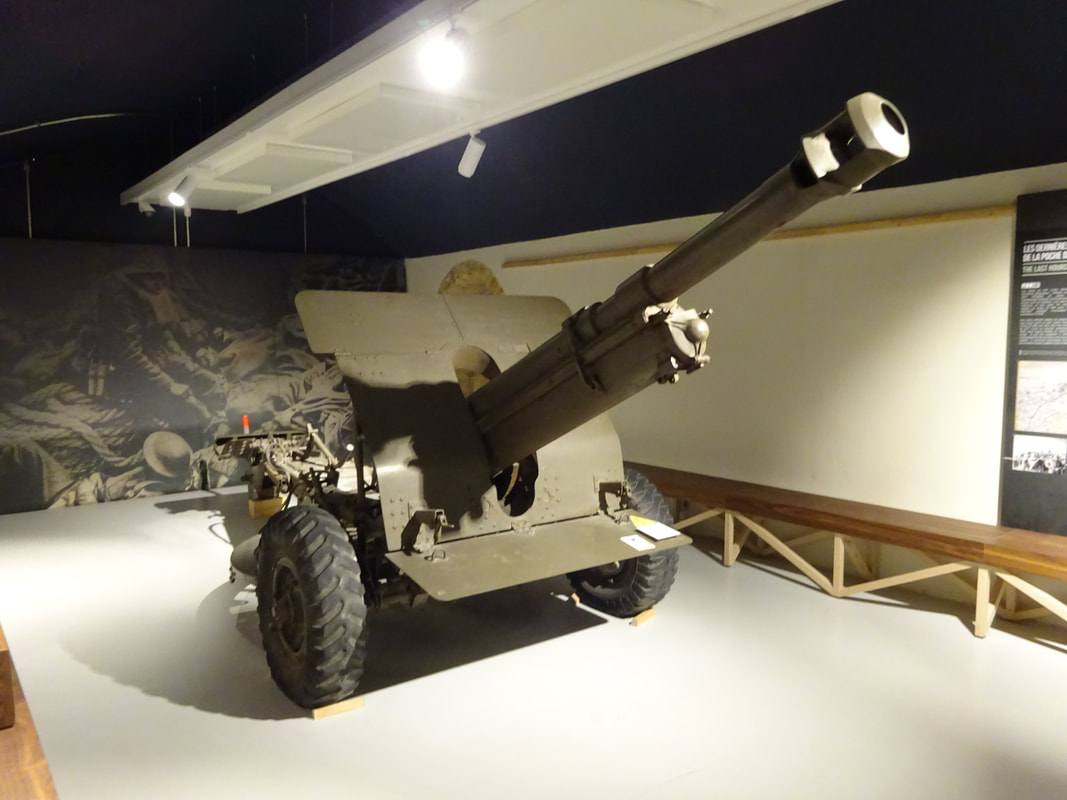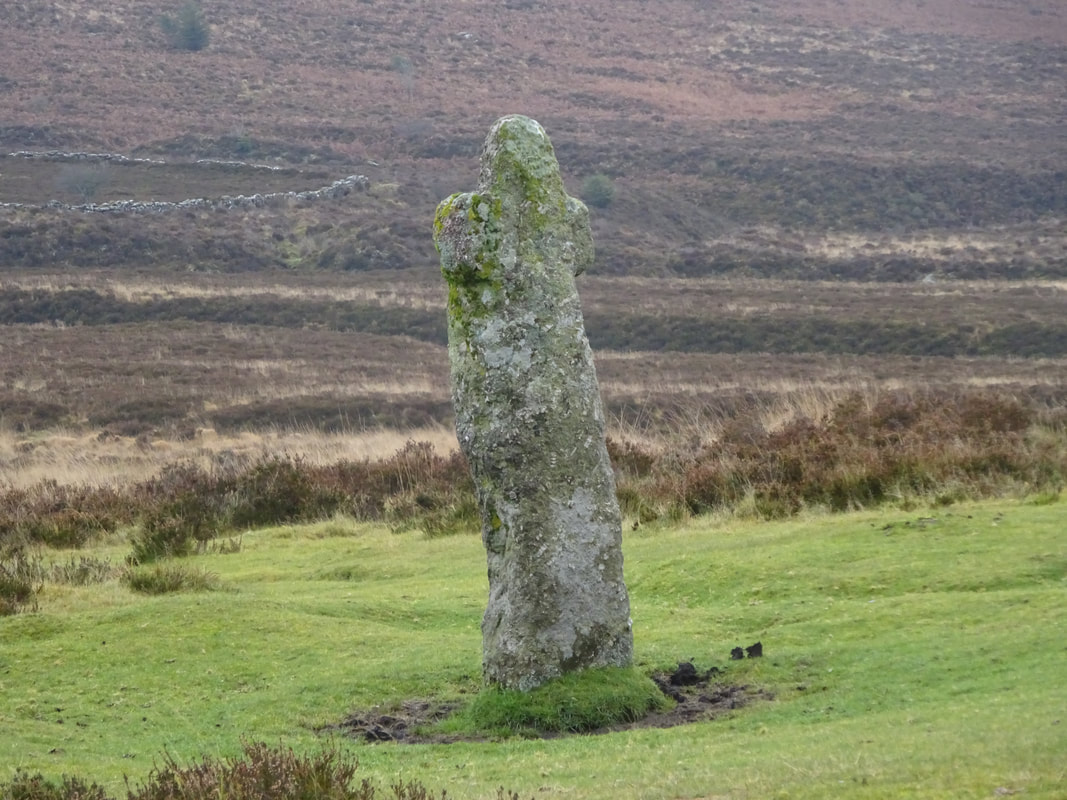25 March 2018
Our tour book (Rick Steves) had no coverage for Dunkirk, as it doesn't loom as large in French history, culture, or art as other must see parts of France. As described below, Dunkirk was a pivotal scene for the history of Great Britain during WWII. And as we had recently seen the movie "Dunkirk", with filming on the same beaches where much of the action happened, the scene especially interested us. On returning from Belgium, Dunkirk is perfectly on the path for our continued tour of France.
Wiki:
The Dunkirk evacuation, code-named Operation Dynamo, also known as the Miracle of Dunkirk, was the evacuation of Allied soldiers during World War II from the beaches and harbour of Dunkirk, in the north of France, between 26 May and 4 June 1940. The operation commenced after large numbers of Belgian, British, and French troops were cut off and surrounded by German troops during the six-week long Battle of France. In a speech to the House of Commons, British Prime Minister Winston Churchill called this "a colossal military disaster", saying "the whole root and core and brain of the British Army" had been stranded at Dunkirk and seemed about to perish or be captured. In his "we shall fight on the beaches" speech on 4 June, he hailed their rescue as a "miracle of deliverance".
We happened upon a well done museum just adjacent to the beaches presented within an actual old military fortification/headquarters/armory structure. Many WWII period artifacts were nicely displayed.
Wiki:
The Dunkirk evacuation, code-named Operation Dynamo, also known as the Miracle of Dunkirk, was the evacuation of Allied soldiers during World War II from the beaches and harbour of Dunkirk, in the north of France, between 26 May and 4 June 1940. The operation commenced after large numbers of Belgian, British, and French troops were cut off and surrounded by German troops during the six-week long Battle of France. In a speech to the House of Commons, British Prime Minister Winston Churchill called this "a colossal military disaster", saying "the whole root and core and brain of the British Army" had been stranded at Dunkirk and seemed about to perish or be captured. In his "we shall fight on the beaches" speech on 4 June, he hailed their rescue as a "miracle of deliverance".
We happened upon a well done museum just adjacent to the beaches presented within an actual old military fortification/headquarters/armory structure. Many WWII period artifacts were nicely displayed.
Onto the beach...
The tide was well out - and with the gentle sloping terrain, the beach appeared massive.
Dunkirk, a city of almost 100,000, does have other things of interest, but even with 7 weeks, France is too big to dawdle here.
On to Rouen...
Rouen is a city on the River Seine in the north of France. It is the capital of the region of Normandy. Formerly one of the largest and most prosperous cities of medieval Europe, Rouen was the seat of the Exchequer of Normandy during the Middle Ages. It was one of the capitals of the Anglo-Norman dynasties, which ruled both England and large parts of modern France from the 11th to the 15th centuries.
Rouen Cathedral, construction began in the 12th century, with its Tour de Beurre (butter tower) financed by the sale of indulgences for the consumption of butter during Lent. The cathedral's gothic façade (completed in the 16th century) was the subject of a series of paintings by Claude Monet, some of which are exhibited in the Musée d'Orsay in Paris.
The Church of Saint Joan of Arc is a Catholic church in the city center of Rouen, completed in 1979 in the center of the ancient market square known as the Place du Vieux-Marché. This is the place where Joan of Arc was burned at the stake for heresy in 1431. A small garden, Le Bouchet, which is outside and to the north of the church marks the exact spot. The sweeping curves of the structure are meant to evoke both the flames that consumed Joan of Arc and an overturned longship. Many early Christian churches were designed in the shape of an overturned boat. The market halls simultaneously resemble smaller overturned boats and fish with gaping mouths, which are also rich Christian symbols.
The church was not open at our first encounter, but later we would gain entry.
The church was not open at our first encounter, but later we would gain entry.
From the "French Language Blog":
La Couronne was founded in 1345 and is most definitely the oldest inn (auberge) in France. It is located in the Old Market Square (la place du Vieux-Marché) of Rouen, near where Jeanne d’Arc was burnt at the stake in 1431. And while it has necessarily been updated in the seven centuries since it was founded, La Couronne still boasts authentic wooden beams and the traditional Normand country style architecture Rouen is known for.
The food has gotten glowing reviews, too, from no less than Julia Child. In 1948, Child ate at the restaurant and called it “the most exciting meal of my life.” In the movie Julie and Julia, Maryl Streep and Stanley Tucci are shown dining there. The food is traditionally French and the menu features items like sole meunière (Dover sole with butter, parsley, and lemon), canard à la Rouennaise (pressed duck, or duck served in a blood and bone marrow sauce), and fromage blanc avec des fruits du bois (white cheese with berries).
La Couronne was founded in 1345 and is most definitely the oldest inn (auberge) in France. It is located in the Old Market Square (la place du Vieux-Marché) of Rouen, near where Jeanne d’Arc was burnt at the stake in 1431. And while it has necessarily been updated in the seven centuries since it was founded, La Couronne still boasts authentic wooden beams and the traditional Normand country style architecture Rouen is known for.
The food has gotten glowing reviews, too, from no less than Julia Child. In 1948, Child ate at the restaurant and called it “the most exciting meal of my life.” In the movie Julie and Julia, Maryl Streep and Stanley Tucci are shown dining there. The food is traditionally French and the menu features items like sole meunière (Dover sole with butter, parsley, and lemon), canard à la Rouennaise (pressed duck, or duck served in a blood and bone marrow sauce), and fromage blanc avec des fruits du bois (white cheese with berries).
Gerri is off to the see.....the Wizard.....uh....I mean the clock. The Gros Horloge is an astronomical clock dating back to the 14th century.
To the left below, Easter chocolates...to the right, site of plague victim mass burials...it's what you see while strolling the streets of Rouen.
Return to the church of Saint Joan of Arc:
The stained glass windows come from the 16th century Church of Saint Vincent, whose ruins are located a few metres away. The old church was almost completely destroyed in 1944 during World War II, but the windows had been removed and stored in a safe location during the war. They were then incorporated into the Church of Saint Joan of Arc.














































 RSS Feed
RSS Feed
